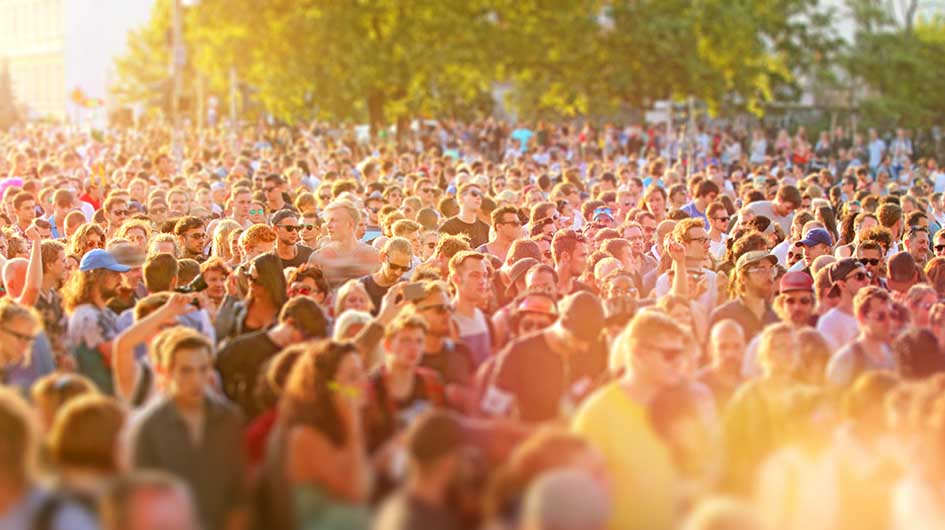Warning: Undefined array key "custom_image_width" in /misc/26/275/122/073/3/user/web/pianesi.com/wp-content/plugins/printfriendly/pf.php on line 1275
Warning: Undefined array key "custom_image_height" in /misc/26/275/122/073/3/user/web/pianesi.com/wp-content/plugins/printfriendly/pf.php on line 1276
In a meeting I had a few weeks ago someone came to me and said, “I loved this meeting! I’ve we’ve never experienced a meeting like this before!” I like positive acknowledgements as much as anyone, but in the mist of joy for the compliment, I start thinking that it was sad that people normally have negative experiences when they go to meetings. So the question that is very much alive in my mind is: how can we change the way the world meets? How can we ensure great meetings no matter the number of participants? What can make for enthusiastic collaboration in our meeting? How do we create great meetings for multitudes of people? The answer is structure. Yes: structure. The right amount.
COLLABORATION AS DESIGNING THE RIGHT MEETING STRUCTURE
No matter the number and assuming that you factor in the logistics, when I facilitate meetings I’m designing a temporary environment in which people get work done. When I am successful, I am able to design a meeting whose structure will offer a gentle invitation to the participants to behave in certain ways. This thought is amazing, because it means that if you design meetings for participation, engagement, collaboration and for mutuality — that’s what you will get (most of the times…).
I have facilitated meetings with people that hated each other. Yet, I had been able selecting the right design to make the meeting productive and helpful to bridge the divide. In this work I have benefited from the work of the people who have developed large group methodologies (like World Café, Open Space, Circle, Future Search, etc…) These meeting formats are the best examples of the power of meeting structures to shape the behaviors of participants: I’ve never seen people arguing in a World Café!
To this extent and regardless of number of participants, my new definition of facilitation is: “The art of designing meetings that bring out the best in people.” In fact, everyone can design a meeting. Not everyone can make that design produce the outcome that people need. Can you? Truth is: nobody can. In fact, it’s the design and the emergent rule inherent in the structure of the meeting that delivers the results in the meeting. It’s the fit between the meeting structure and the situation that delivers.
What could you accomplish in your next meeting if you were to create just the right amount of structure?

Adriano understands how to increase your returns on leadership. He works with professionals in world-class organizations that include Philip Morris, Microsoft, the World Bank, Johns Hopkins University, the US Marine Corps, the State Department and NASA. A skilled experiential educator with corporate leadership experience, he is the Founder & Principal Consultant of ParticipAction Consulting, Inc., a firm committed to help clients redefine change, collaboration and power in their organizations. He co-authored "Teachable Moments of Leadership" with Jill Hufnagel in 2016, on a learning methodology that gets results by going from PowerPoint to …powerful!
Adriano Pianesi | adriano@pianesi.com



Recent Comments